"Made in America." "Born in the USA." "Proud to be an American."
If there's one thing the United States has going for it, it's national pride. From American football, to Charlie Brown, to the Empire State Building, America has countless icons that invoke patriotism, especially for such a young country.
And of course, the U.S. has achieved many great feats. But not everything Americans associate with the Land of the Free and the Home of the Brave happens to be American. Just like the melting pot that makes up the population, many of the ideas and inventions thought of as American come from outside U.S. borders. Here are just a few.
1
2
Hot Dogs
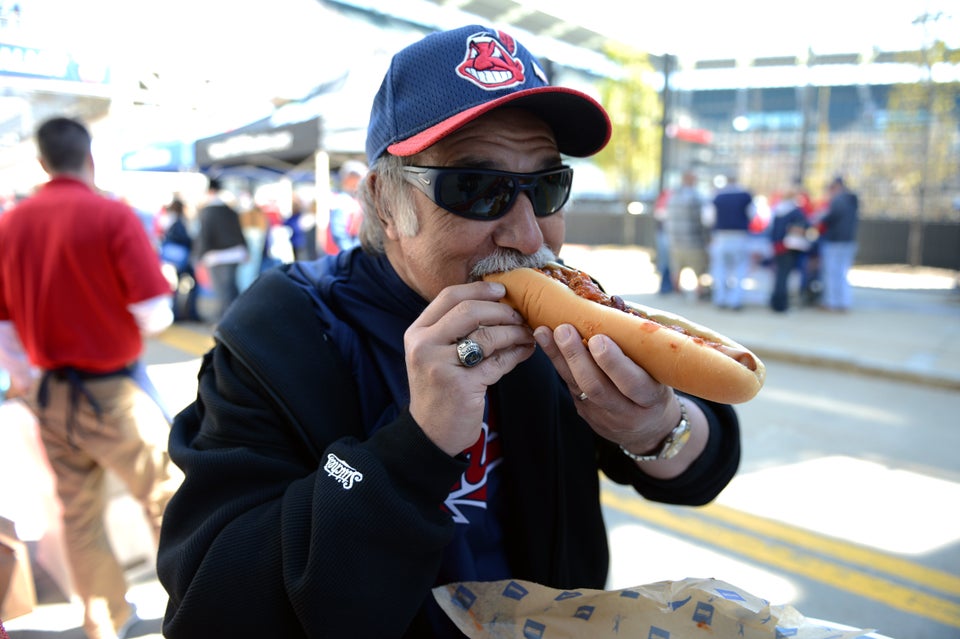
Getty Images
Imagine a quintessential Fourth of July picnic: A sizzling barbecue full of hot dogs, plenty of ketchup and mustard at the ready. As it turns out, Americans weren’t the first to come up with this artery-clogging delight. The hot dog sausage originated in Europe, and was called a wiener or a frankfurter, for the cities of Vienna and Frankfurt am-Mein. Immigrant butchers brought the mighty cased meats to the U.S. by the late 19th century. The hot dogs we’re most familiar with today—the ones stuffed into buns and loaded with ketchup—are the brainchild of Nathan Handwerker, a Polish immigrant who settled with his wife Ida in Coney Island and started the now famous hot dog stand, Nathan’s.
3
Apple Pie

AP
As American as apple pie...or not. Even if it makes the perfect addition to a Thanksgiving feast, apple pie's roots stem from another part of the world, many years before the first apron-clad American pulled the steaming sweet delight from an oven.
Pie, in general, dates back to the ancient Greeks and Romans and was typically stuffed with meat and seafood. Sweet pies came later, with the first pumpkin pie recorded in a British cookbook in 1675. Apple pie first appears in historical documents in 1589, referenced by British poet Robert Greene in his work "Menaphon": “Thy breath is like the steeme of apple pies.” Suffice it to say, apple pie had probably been around a while before Greene could safely make such a comparison.
Advertisement
4
Democracy
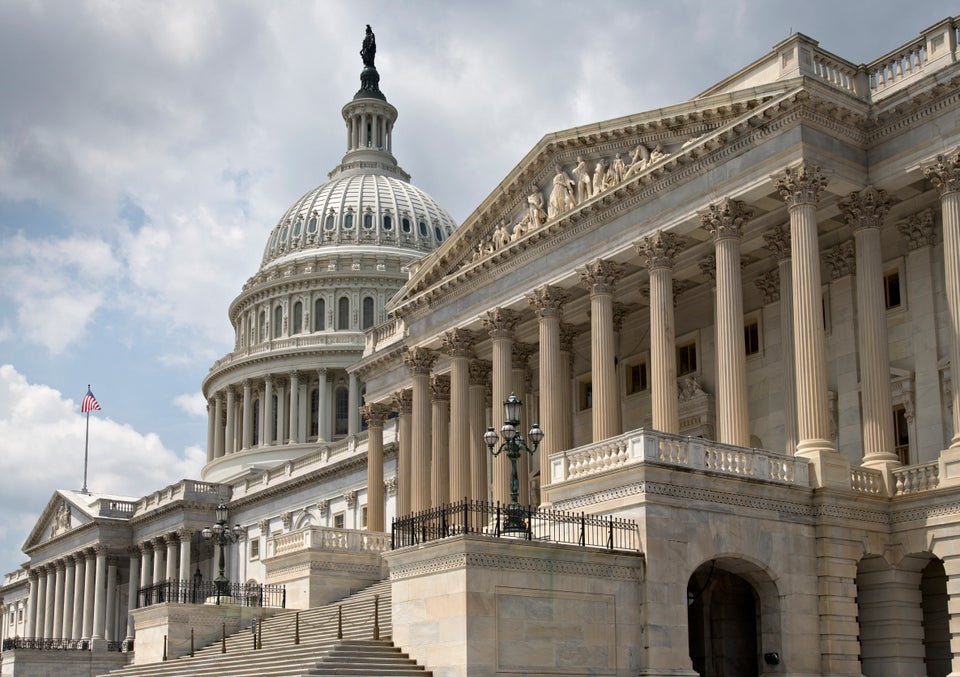
AP
From senators to presidents, many American politicians have found it their duty to help spread the wonder of “democracy” around the world. It’s what colonists fought for in the American Revolution. It’s what candidates nationwide invoke every year in elections. It’s what maintains the country’s prized motto of “land of the free, home of the brave.” But guess what: George Washington did not invent democracy. The founding fathers did not invent democracy. Democracy is far, far older than America’s modest 200-some years.
The concept of "rule by the people" dates back to Cleisthenes, an Athenian who lobbied for political reform in the sixth century B.C. His efforts helped engender the first democratic constitution in Athens in 508 B.C. Granted, Greece would still see years of slavery, unrest and gender inequality. But the wheels were set in motion for a political movement that would influence western civilization for the millennia that followed.
5
Cars
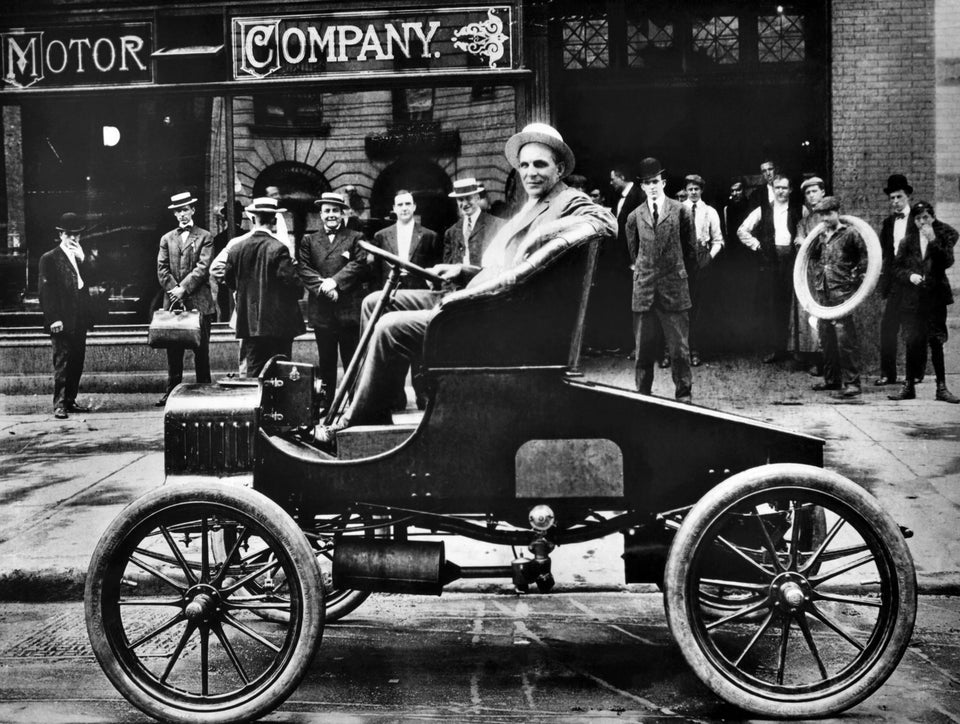
Getty Images
When Henry Ford introduced his Model T in 1908, he was already several years too late to claim the inventor’s title.
By the late 19th century, innovators in Europe, such as Carl Benz, Gottlieb Daimler, Nicolaus Otto and Emile Levassor, had already been hard at work to create a horse-less carriage — at the time a notion still suspect to many. While it’s impossible to give one individual sole credit for inventing the automobile, it was Benz who patented what is considered the first “true automobile” — or the one that most resembles the cars we know today — in 1886. The first Mercedes, created by Wilhelm Maybach dates from 1901, and in the same year inventor Ransom E. Olds beat Ford in offering the first commercial cars to Americans.
Even today, the U.S. isn’t at the center of the car industry. According to both Forbes and CNBC, China is the world’s largest automobile market, and the Economist reports tiny Luxembourg has the highest car ownership rate in the world, at roughly 647 cars per 1,000 people, as of 2009.
6
Advertisement
7
The YMCA
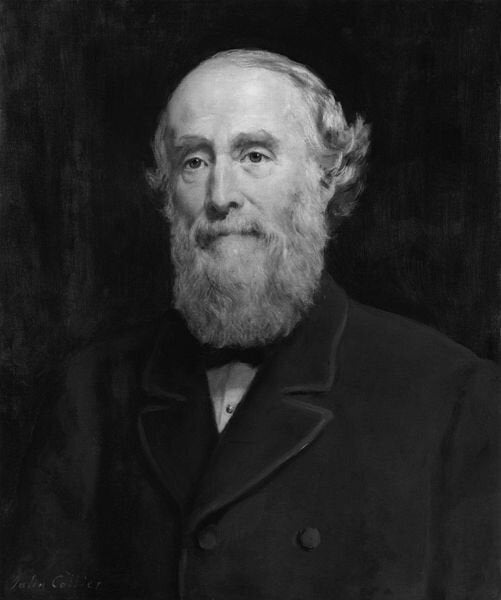
Wikimedia
Not to be confused with the "YMCA" song and dance immortalized by the Village People, the Young Men’s Christian Association (YMCA) traces its roots outside the U.S. Troubled by rampant poverty and despair in 19th-century London, 22-year-old George Williams met with 11 of his friends for an informal Bible study and prayer meeting. The group eventually expanded into a regular meeting for young men interested in common ideals, regardless of class and social status. The YMCA made its way to the U.S. in 1851 when a retired sea captain perceived a similar need for such a group in Boston. The rest is history.
8
Peanut Butter
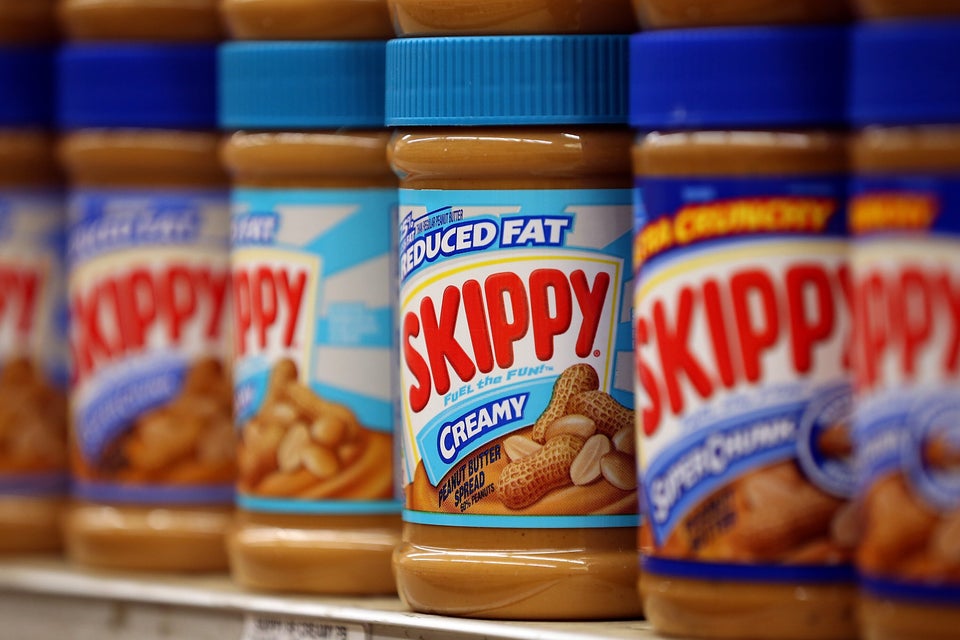
Getty Images
Spread on toast, baked in cookies and swirled with chocolate, peanut butter is one of the simplest and most effortlessly delicious treats Americans enjoy. Despite consuming roughly 3 pounds of it per person annually, however, few Americans seem to have any knowledge of the origins of all that deliciousness.
Peanut butter first came about in the ancient empires of South America -- which, to be fair, makes it "American" in a sense. The Aztecs and Incas are believed to have consumed peanuts, both whole and ground up into a paste. By some accounts they even incorporated peanut imagery into their artwork.
The actual invention of peanut butter, its process of manufacture and the machinery used to make it, can be credited to at least three doctors/inventors. HuffPost Taste explains:
In 1884 Marcellus Gilmore Edson of Canada patented peanut paste, the finished product from milling roasted peanuts between two heated surfaces. In 1895 Dr. John Harvey Kellogg (the creator of Kellogg's cereal) patented a process for creating peanut butter from raw peanuts. He marketed it as a healthy protein substitute for patients without teeth. In 1903, Dr. Ambrose Straub of St. Louis, Missouri, patented a peanut-butter-making machine. In 1922, chemist Joseph Rosefield invented a process for making smooth peanut butter that kept the oil from separating by using partially hydrogenated oil.
9
Birth Control Pill

AP
Sex, drugs and rock’n’roll: A classic American cocktail. As conservative as it is in some regards, the U.S. is hardly shy when it comes to sex. Regardless of Americans’ sexual appetite, they can’t solely claim responsibility for the birth control pill, which in many ways revolutionized the world’s sexual mores. Americans Margaret Sanger and Gregory Pincus played major roles in promoting contraception, but it was an Austrian immigrant working out of a laboratory in Mexico City who first invented the pill that would forever change human sexuality. The “father of the pill” is Carl Djerassi, who developed the first oral contraceptive in 1951 as the associate director of chemical research for the pharmaceutical company Syntex. Djerassi and his Mexican colleagues did not have the means to test and produce the contraceptive, but other scientists continued researching, and within several years a commercial contraceptive would hit the market. By 1963, 2.3 million American women were on the pill.
Advertisement
10
Television
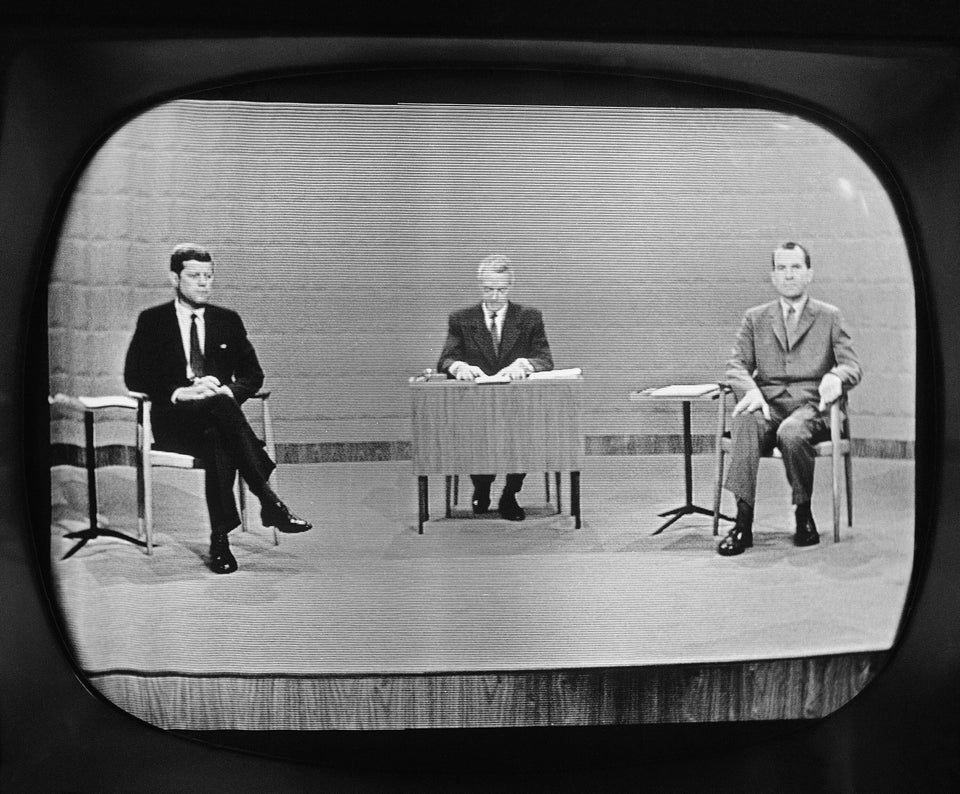
AP
The television had been around for several decades before Americans like John F. Kennedy and Martin Luther King Jr. helped realize its potential as a political force. And when it comes to shaping entertainment culture, it’s hard to beat institutions like "The Brady Bunch," "Baywatch" and "Friends" (whether you love ‘em or hate ‘em).
Despite its wholehearted embrace of TV, the U.S. can’t claim to have single-handedly invented television. Some of the earliest experiments that would contribute to the technological development of TV occurred in Russia around 1910 between Boris Rosing and his student Vladimir Zworykin. In the next decade, several U.K.-based experiments would yield promising results, particularly those of John Logie Baird, who in 1925 demonstrated the first mechanical television system to an audience in London.
Next in the lineage is an American, Philo Taylor Farnsworth of San Francisco, who built upon earlier mechanical versions to create the first electronic television. The Radio Corporation of America took it from there to invest in further development, and they hired none other than Vladimir Zworykin to assist on the project.
11
Cowboys

Wikimedia
They may have found their particular swagger and leathery charm in the American west, but cowboys came into existence many miles away from the United States.
If we consider stereotypical cowboy imagery — a lone man in a hat, riding a horse, juggling a lasso, rugged and determined — Cervantes’ classic hero Don Quixote might come to mind. Even though Quixote does absolutely no real cow herding in the book, the comparison wouldn’t be entirely off base. Spain is believed to be the birthplace of cattle herding, and the term "cowboy" derives from the Spanish word vaquero. When they made their way across the Atlantic to Mexico, the conquistadores brought with them the tradition of cattle raising and herding. Mexican vaqueros brought the craft to Texas, where a whole lifestyle and ethos developed that would capture the American imagination for decades to come.
The cowboys of Hollywood might be as distant from the real life of cattle herding as Don Quixote was from knighthood, but that doesn’t make the fantasy any less endearing.
12
Budweiser Beer
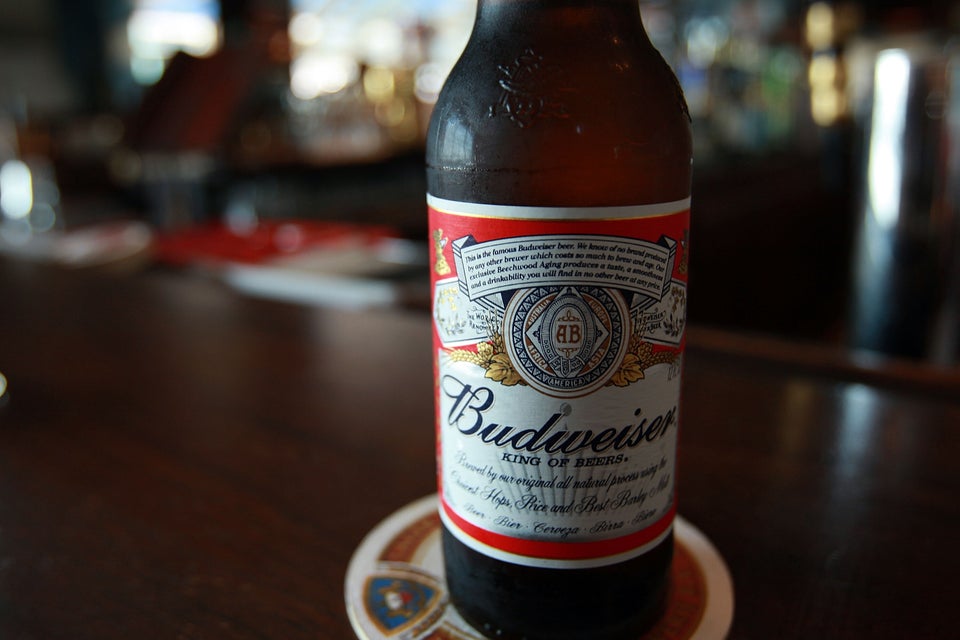
Getty Images
If you’ve ever been to a cookout, a frat house or a Super Bowl party, you have undoubtedly run into Budweiser beer, also lovingly called "Bud" by many.
On its website, U.S. brewer Anheuser Busch describes the creation of its mythical beer as the inspiring story of German immigrants Eberhard Anheuser and Adolphus Busch, who built a brewing empire and aimed to create a beer that would appeal to all Americans.
That American narrative is complicated, however, by the fact that while Budweiser was first brewed in St. Louis, its creators brought to the U.S. a German style of brewing that produced a lagern, or what Americans know as a lager. In addition, Anheuser Busch is fighting a dire battle with Czech competitors as to who can claim the commercial rights to the name “Budweiser.” Budvar, a small brewery based in the town of České Budějovice, began making beer in 1895, two decades after Anheuser Busch launched Budweiser in the U.S. However, the company claims the name "Budweiser" was used in the region long before that, and disputes Anheuser Busch's claim to the name. While courts in 23 European countries and the U.K. have ruled that both companies can use the brand name, a court in Germany decided in 2009 that only the Czech company could call its product “Budweiser” there.
Advertisement
13
Blue Jeans
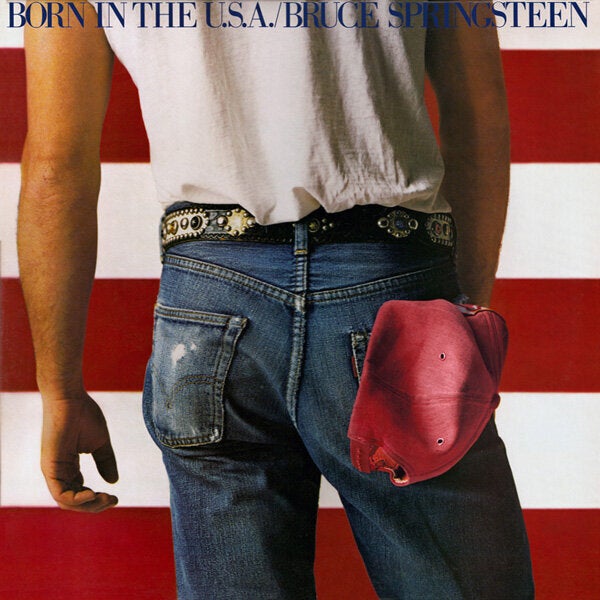
Album Cover
From John Wayne to Marilyn Monroe to George W. Bush, Americans wear blue jeans a hundred different ways, for myriad occasions.
Nonetheless, blue jeans can only rightly be called "American" in two senses of the word: 1) The first pair of denim jeans as we know them were created and worn within the United States, but 2) they demonstrate a collaboration of foreign and national influences, traced from places and eras of the world that predate even America’s sovereignty.
The history we all know involves a California retailer named Loeb (Levi) Strauss who invented the first pair of denim blue jeans as a durable clothing option for miners. However, Strauss immigrated to the U.S. from Bavaria in 1847, traveled to the West Coast and eventually partnered with tailor Jacob Davis to create a pair of sturdy pants for miners at work in the gold rush. The pair used brown cotton duck and blue denim, purchased from the Amoskeag Manufacturing Company in Manchester, N.H., to create the first riveted pants. In 1873, Strauss and Davis received a patent for “Improvement in Fastening Pocket-Openings.”
Thus blue jeans are about as American as Strauss, himself — born elsewhere, but embraced and shaped by the country he would come to call home.